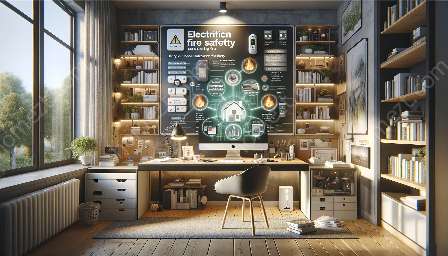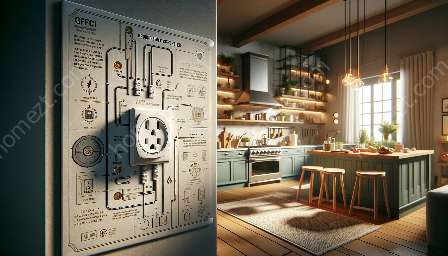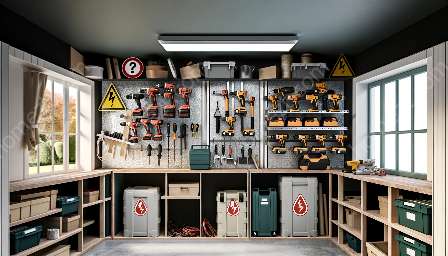The kitchen is often the heart of the home, but it's also a place where electrical safety is critically important. From cooking appliances to lighting, the kitchen poses a range of electrical hazards that can be mitigated with proper precautions. In this comprehensive guide, we'll delve into the topic of electrical safety in the kitchen, covering essential tips, best practices, and home electrical safety guidelines to ensure a secure living environment.
Understanding Kitchen Electrical Hazards
Before delving into safety measures, it's crucial to understand the potential hazards in the kitchen. The mixing of water, heat, and electricity makes the kitchen a prime location for electrical accidents. Common hazards include:
- Water and moisture: The presence of water near electrical outlets, appliances, or cords can lead to electrical shock or short circuits.
- Overloaded outlets: Plugging too many appliances into a single outlet can cause overheating and fire hazards.
- Under-maintained appliances: Faulty or damaged kitchen appliances, such as toasters, microwaves, or blenders, can pose significant risks.
- Improper use of extension cords: Using extension cords as a permanent solution or overloading them can result in electrical fires.
Preventive Measures for Kitchen Electrical Safety
By implementing the following preventive measures, you can significantly reduce the risks associated with electrical hazards in the kitchen:
- Regular maintenance: Ensure that all kitchen appliances are in good working condition. Address any frayed cords or damaged parts promptly.
- GFCI outlets: Install Ground Fault Circuit Interrupter (GFCI) outlets near sinks, as they can quickly shut off power in the event of an electrical fault.
- Proper cord management: Keep cords away from heat sources, sharp edges, or water, and avoid running them under rugs or carpets.
- Use of surge protectors: Consider utilizing surge protectors to safeguard sensitive kitchen appliances from voltage spikes and surges.
- Unplug when not in use: Disconnect appliances when they are not in use to minimize energy consumption and reduce the risk of electrical hazards.
Home Electrical Safety Guidelines
Electrical safety in the kitchen is just one aspect of maintaining a secure home environment. To enhance overall home safety & security, it's important to adhere to the following guidelines:
- Regular inspections: Periodically inspect all electrical systems and appliances in your home to identify and address potential hazards.
- Proper installation: Ensure that electrical installations, such as lighting fixtures and outlets, are carried out by licensed professionals to meet safety standards.
- Education and awareness: Educate family members about electrical safety, emphasizing the importance of responsible appliance use and precautions in the kitchen.
- Smoke and carbon monoxide detectors: Install and maintain smoke and carbon monoxide detectors throughout your home to provide early warnings of potential dangers.
- Emergency preparedness: Have a well-defined emergency plan in place, including knowledge of how to shut off electricity in the event of an emergency.
By integrating these practices into your home safety routine, you can create a safer living environment for you and your family while enjoying the convenience of modern kitchen appliances and electrical systems.



















